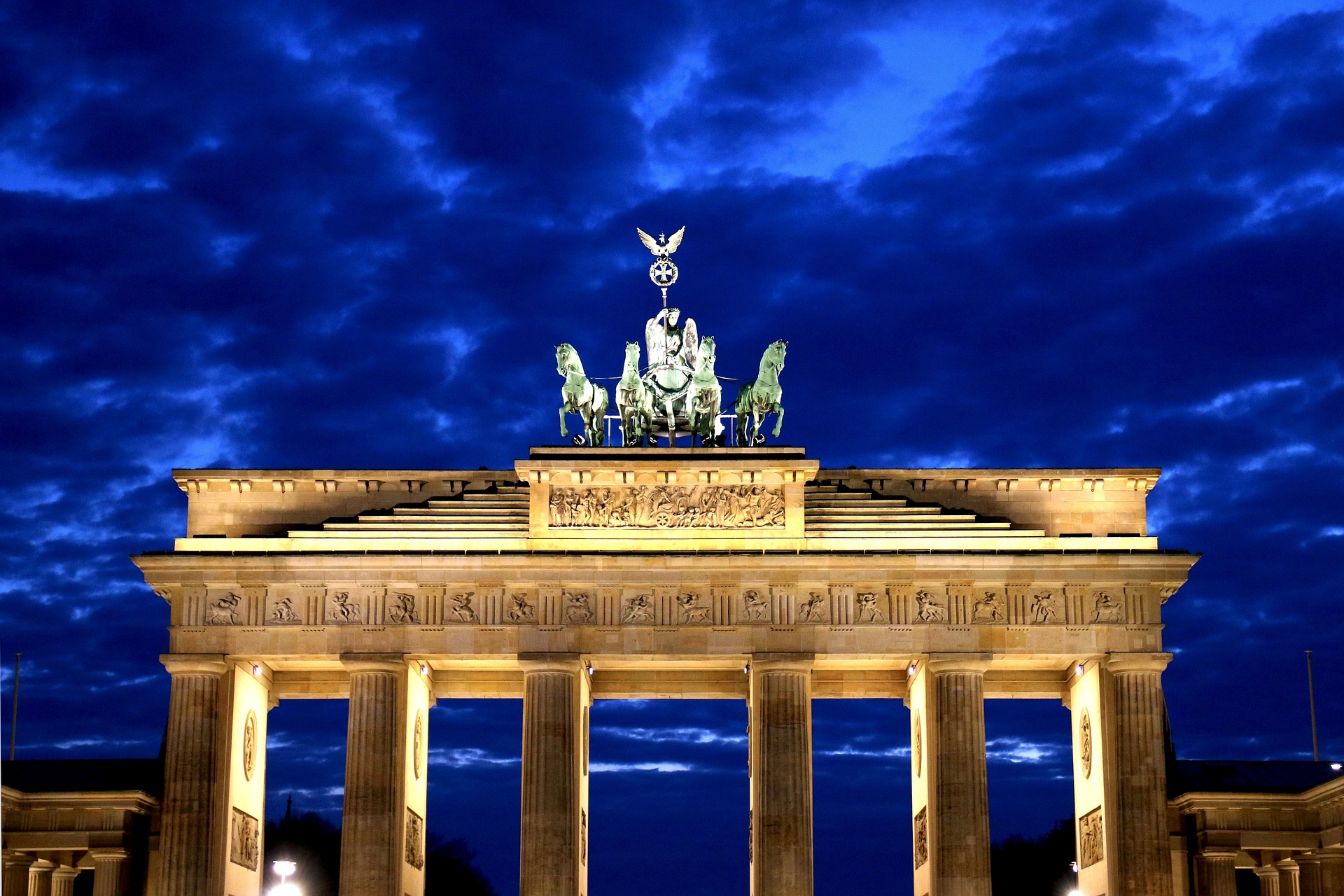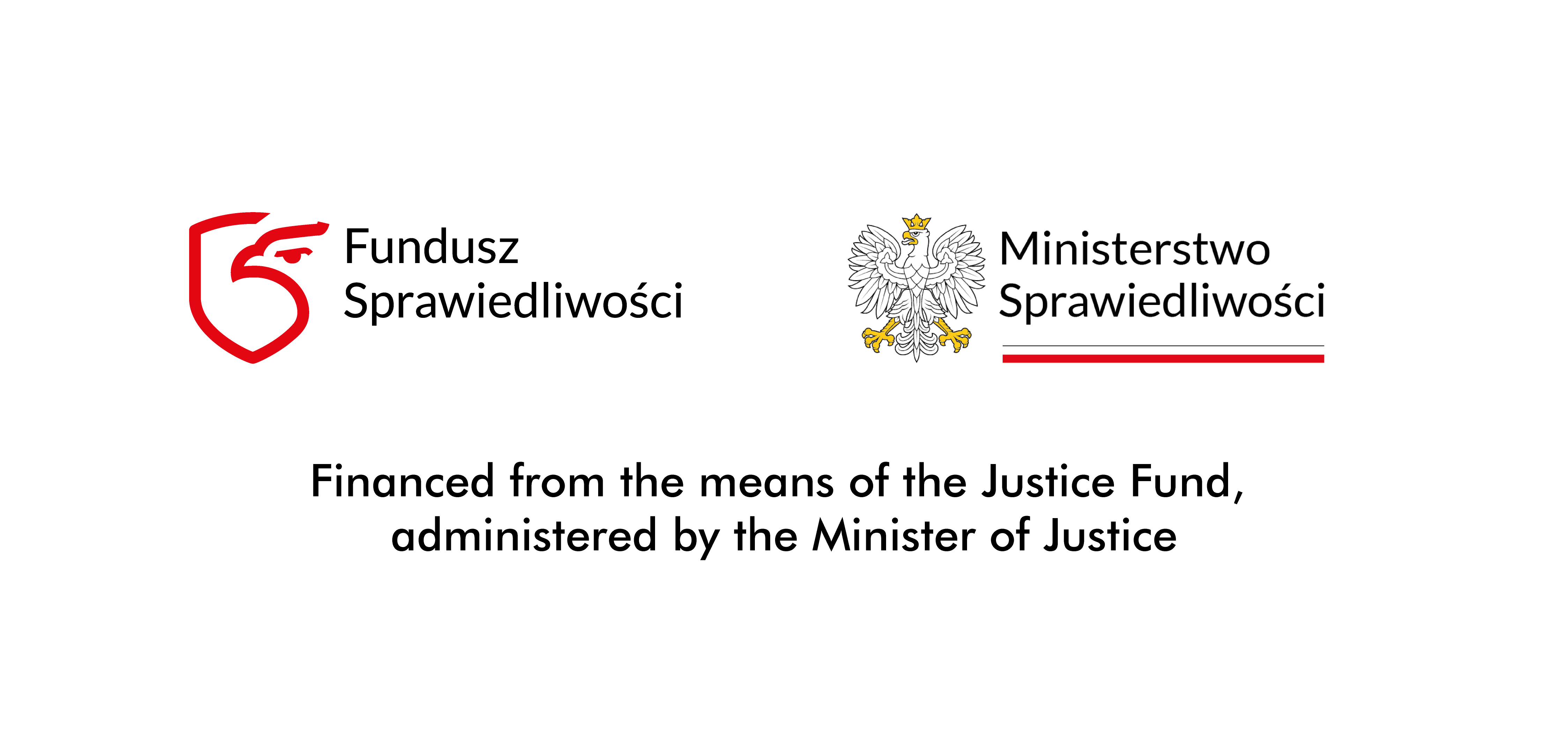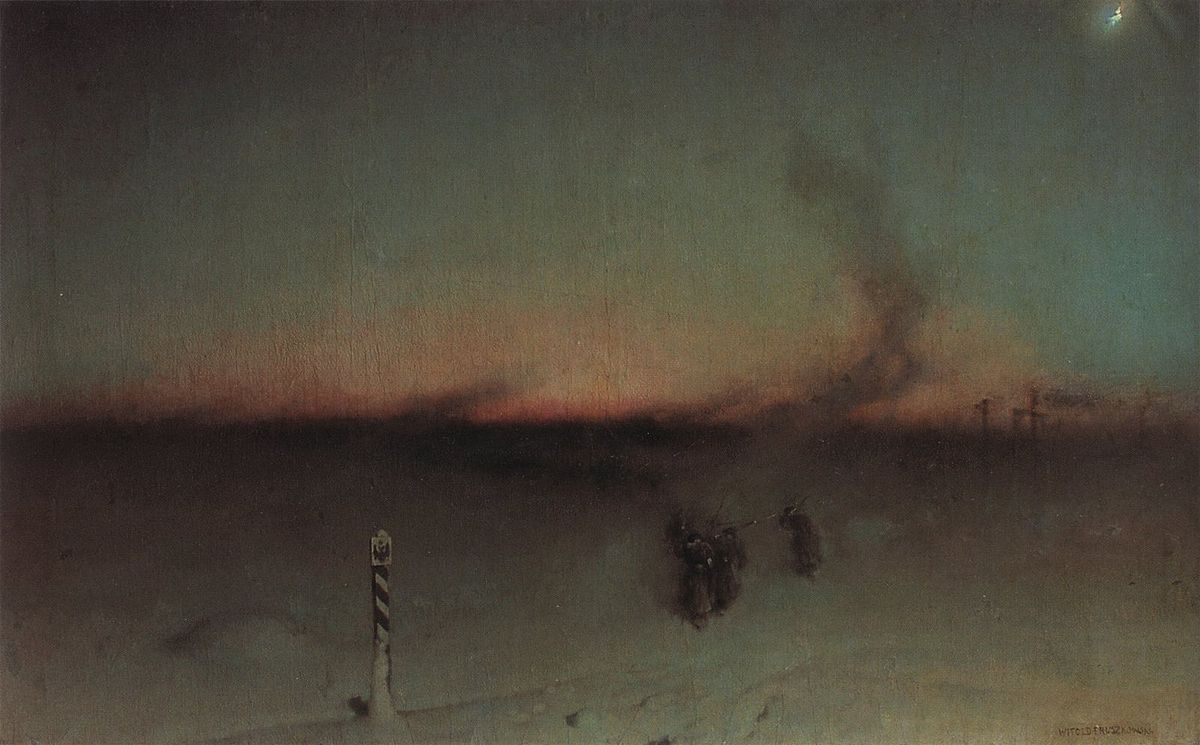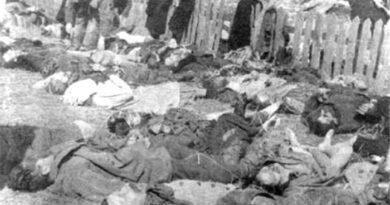Why Germany doesn’t want a Polish memorial

The German capital has long had memorials to the murdered Jews, Sinti, and Romani, homosexuals or disabled people. Will we live to see a proper form of commemorating the suffering of Poles?
Andrzej Krzystyniak
The story of attempts to commemorate Polish victims of German aggression and occupation in Berlin has been going on intensely since 2017. Discussions, declarations, and statements on the matter will soon reach such a degree of complexity that the very process of the so far unsuccessful efforts to build anything will begin to arouse the interest of researchers, historians, and publicists.
The concept of a memorial commemorating the Polish victims of the German terror of 1939-1945 first became the topic of a serious, as it seemed, public debate in 2017. (Earlier – in 2012 – the discussion about building a memorial to Polish victims was sparked by Wladyslaw Bartoszewski). At that time, German architect and urban planner Florian Mausbach came up with a proposal to build a monument. There was a three-year exchange of views on the subject. In October 2020, the Bundestag (the highest constitutional body of the Federal Republic of Germany) passed a resolution that obliged the government of the Federal Republic to commemorate the Polish victims.
A little earlier, the head of German diplomacy presented the concept for the monument. The Polish side was satisfied with it. “The concept presented by the head of German diplomacy, and worked out in consultation with representatives of all German political forces and with the participation of Polish historians, unequivocally establishes the issue of building a monument in Berlin to Polish victims of World War II.” – The Polish Foreign Ministry said in a communiqué at the time.
The German capital has long had monuments to the murdered European Jews, Sinti, Romani, homosexuals, and disabled people. There is no monument dedicated to Poles, and it seems unlikely that one will appear in the next few years. More than two years have passed since the Bundestag passed the resolution. There is no indication that we are any closer to laying the cornerstone for an obelisk to the Polish victims of German terror.
An attempt at dilution
At present, the construction of the memorial not only seems to have been postponed, but it is no longer certain that it will be built at all. Indeed, ideas for this commemoration are beginning to take a turn in a direction that Poles are certain not to like.
At the beginning of the year we heard about another idea from the German government. It was to create a Polish-German House, which would depict the thousand-year common history of the Polish and German peoples. This is, in fact, an attempt to blur the Polish suffering from 1939-1945. It can be assumed that the exposition containing the common history would also include the displacement of the German population from the Recovered Territories, granted to Poland after World War II by the decision of the victorious powers. This would be to equate Polish suffering, for which the Germans are undoubtedly to blame, with the suffering the German people suffered as a result of World War II caused by the German state.
The concept concerning the commemoration of the common Polish-German neighborhood should be allowed by the Polish side only under certain conditions. Perhaps this history should be shortened to the history of the last hundred years. However, the fundamental condition of the Poles should be the creation of a separate exhibition depicting German criminals who escaped justice for the crimes they committed against Poles during the occupation and lived to the end of their days undisturbed by anyone. Those individuals who, by some miracle, stood before a German court and received ridiculously low sentences, disproportionate to the crimes committed, should also be clearly depicted. Historians, together with museum professionals, should have no problem filling such an exhibition with figures of German criminals.
Example of “regionalists”
Meanwhile, Polish-German disputes over history continue in other fields as well. They erupted, for example, during a recent ceremony to unveil a model mapping the topography on the site of the former communist Zgoda camp in Swietochlowice.
The initiative of the Silesian Uprisings Museum and the Institute of National Remembrance in Katowice aroused undisguised fury among “regionalists”1 under the aegis of the Silesian Autonomy Movement. They protested against the inscription on the model. It says that the Zgoda camp during the occupation was a branch of a German concentration camp, only to become a “communist labor camp” after the war. The term placed on the model (“a camp of two totalitarianisms German and Communist”) is unacceptable in the opinion of “regionalists.” In their opinion, the inscription should contain the phrase “German and Polish” or “Nazi and Communist.”
It’s not hard to see that the outrage was sparked primarily by naming the camp “German” until 1945. Protesters would be willing to agree to such a name only on the condition that the camp’s post-war period be called a “Polish concentration camp.” It would be hard to find a better example of blurring German crimes with alleged Polish repression of “national minorities” after the war.
Pressure from “regionalists” has, unfortunately, proved so strong that Silesian Voivodeship Marshal Jakub Chelstowski has announced a special debate among historians, which he believes will help make the right decision regarding the inscription on the model.
Is this the fate that awaits the eventual exhibition of joint Polish-German history? Would there, too, visitors learn not only about German concentration camps, but also about post-war “Polish” camps where national minorities, including Germans, were repressed?
Many observers of what is happening around the attempts to commemorate Polish victims in Berlin note that the pressure from Polish politicians and historians is too rickety. There are no signs of firm steps or tenacity. All this causes the project to be deferred by the German side and transformed into proposals that are unfavorable. This may make Poland regret that the concept came into being at all.
This article was published in “Do Rzeczy” weekly magazine in March 2023

1 The term “regionalists” in this text refers to the people of the Silesia region in Poland who seek autonomy from the Polish country as a whole as part of a unified European movement, having close historical and cultural ties to Germany and whose inhabitants contain German minorities, among others



